Looking Back on the History
of Japanese Consumer Co-ops
"For peace and better life."
It has been 70 years since JCCU was
established
with this desire,
and we have come this far
guided by your voices.
Together with member co-ops,
we have been
promoting people's connections
all over Japan to realize
wishes of our livelihoods.
Even though we are materially affluent,
we still
face many challenges
in the modern society.
Although the power of
each individual is small,
we do know the strength of
connections
between people.
We will continue to work with you
and
create a more vibrant future
with the power of
connections.
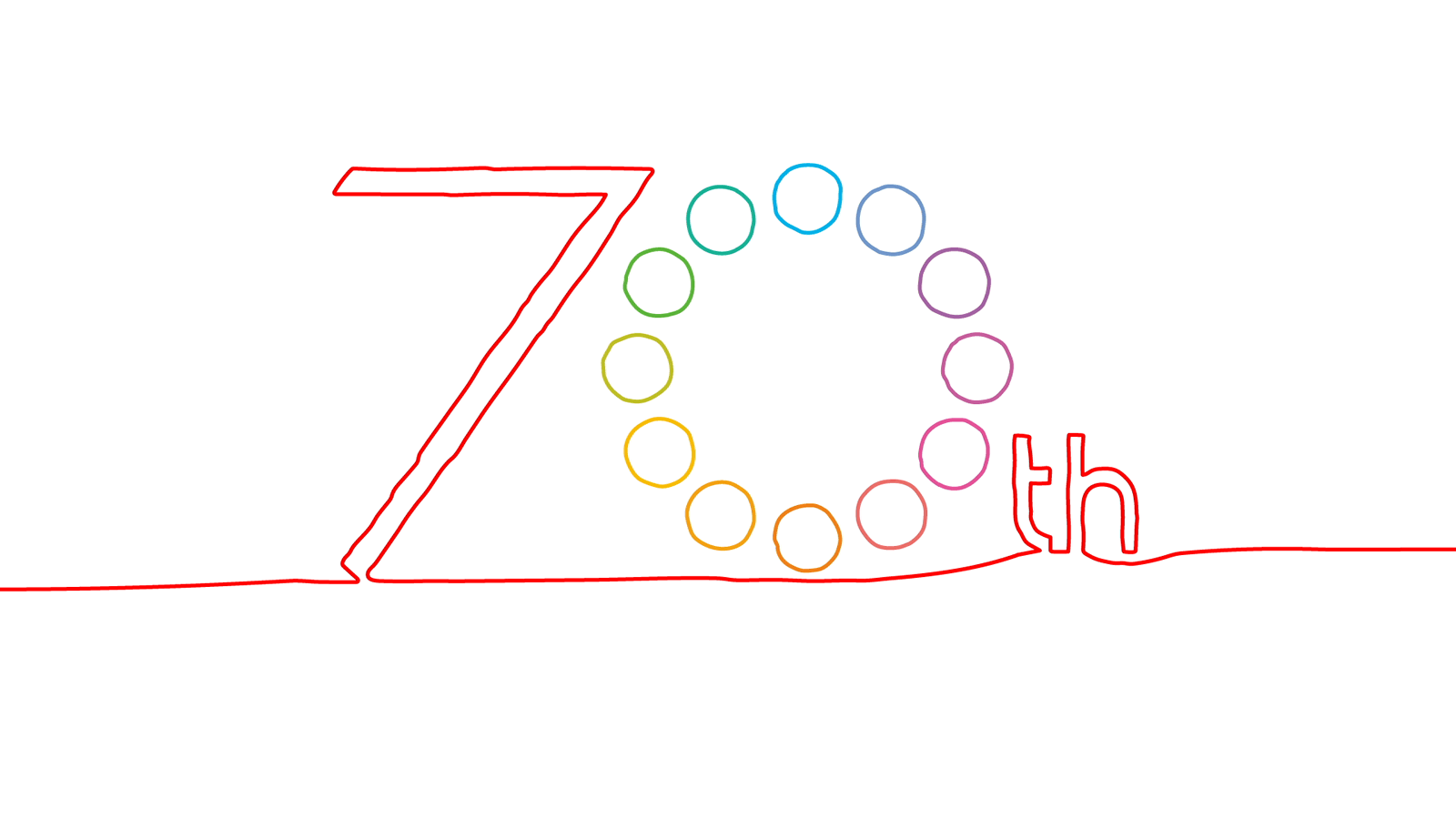
In 2021, Japanese
Consumers' Co-operative
Union
celebrates its
70th anniversary.
Early History: From the late 19th
century to the establishment of JCCU
- ・Consumer co-ops established by
intellectuals in Tokyo and Osaka in
the midst of modernization - ・Consumer co-ops developed under
the liberal movement - ・Consumer co-ops devastated by the
Pacific War - ・Consumer co-ops re-established and
newly organized during the post-
war reconstruction period
1950s: Economic reconstruction
and
expansion of activity
areas of consumer
co-ops
- ・Transition from postwar
reconstruction to the period of
rapid
economic growth - ・Manufacturers' control over
distribution and price - ・Consumer co-ops campaigning
against price hikes with labor
unions
and consumer groups
1960s: Advances and evolution in
the consumer co-op movement
- ・Rapid economic growth (1955-1973)
- ・Revolution in consumption and
distribution (expansion of
supermarket chains) - ・Environmental pollution such
as air and water pollution
becoming social issues - ・Expansion of social movements
such as the consumer movement
1970s: "Citizen Co-operatives"
developed with the participation
of housewives
- ・Food safety issues such as
harmful food additives and
contamination of Poly
Chlorinated Biphenyl (PCB) - ・Shortage of goods and
price hike due to oil crisis
1980s: Overcoming
restrictions
on consumer
co-ops and achieving
dramatic development
- ・Trade friction, rapid increase
in imported food, probrems
over pesticide residue - ・International leveling and
deregulation of food additives - ・Bubble economy from late 1980s
1990s: Challenges at a turning
point and
business restructuring for
development
- ・Collapse of the bubble
economy and
recession - ・Global standardization,
deregulation - ・Diversification of consumer
values
and changes in
consumer behavior - ・O-157, dioxin, Endocrine-
Disrupting
Chemicals (EDC),
genetically
modified food
2000s: Advancement of
business
solidarity and
revision of the
Consumer
Cooperatives Act
- ・Creating a social system for
food safety - ・Global recession caused by
Lehman
shock (global
financial crisis)
2010s-: Supporting post-
earthquake reconstruction
and
participating in
community building
- ・Super-aged society with
declining
population - ・Growing economic disparity
2021
JCCU Celebrates
70th Anniversary

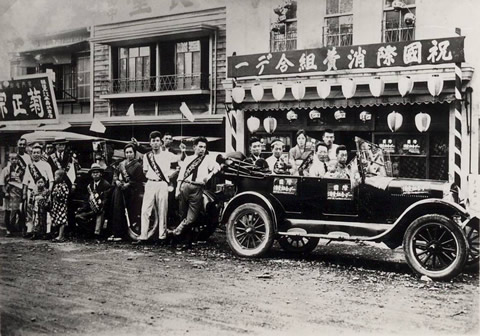
co-operative of workers,
celebrating the International
Day of Co-operatives (1927)
1945
The Japanese Co-operative Alliance, the
predecessor of JCCU, is established with
the presidency of Toyohiko Kagawa
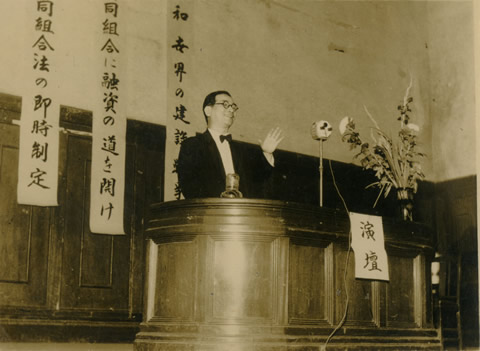
to demand
the enactment of the
Consumer Cooperatives Act (1947)
1948
The Consumers' Livelihood Cooperative
Society Law
(hereafter Consumer
Cooperatives Act) is enacted
and enforced
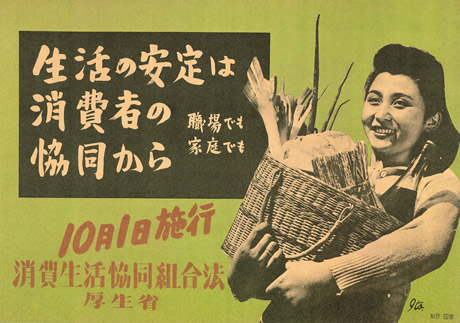
Welfare announcing
the enforcement
of the Consumer Cooperatives Act
1951
Japanese Consumers' Co-operative
Union
(JCCU) is established
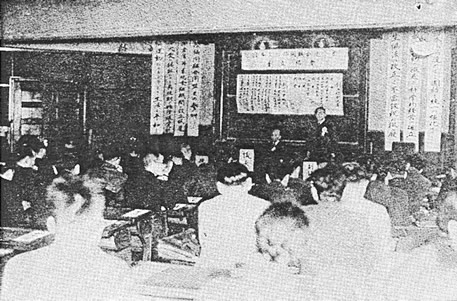
at the University of Tokyo
on March 20, 1951
1958
Japan Consumer Cooperative Business
Union
is established as a joint
purchasing business
federation of
consumer co-ops to supply key
products with the "CO-OP" mark

Cooperative
Business Union in November 1958
1960
JCCU launches its first CO-OP Brand
Product,
“CO-OP Butter,”
to break through
manufacturer-
controlled pricing
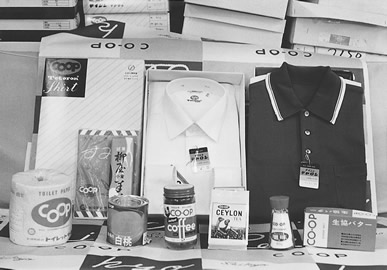
the business union

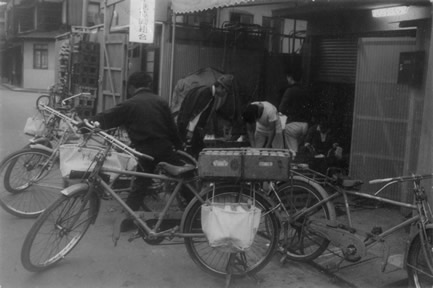
Co-op
(currently Kyoto Co-op)
established in 1964
1965
JCCU and Japan Consumer
Cooperative Business Union
merge
and step up efforts to
develop
CO·OP Brand Products
1966
JCCU launches a new
type of synthesized
laundry detergent
"CO-OP Soft" in
response to
environmental
concerns,
which is
the first product
developed with
the
participation of
members
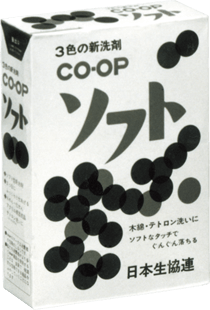
clothing
"CO-OP Soft"
1967~
Private brand products such as
milk and
soy sauce are
developed by consumer
co-ops
across the country in response
to price increases by
manufacturers

CO-OP
Soy Sauce

aprons
against rising consumer
prices (1965)
1968
The joint purchasing system
(delivery to
Han groups on a regular
basis by
advanced orders) is started
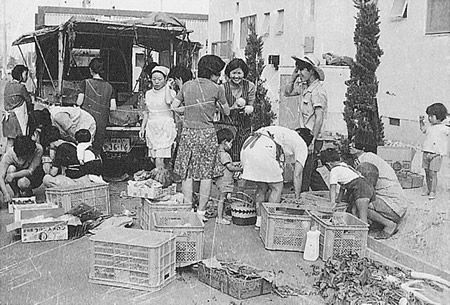
Co-operative
(currently Co-op Aichi)
unloading and separating
products
(around 1970)
1969
JCCU develops an
alcohol
-based
laundry detergent
"CO-OP Sefter" and
invites
members to
name the
product

has been
a
long-selling
product to date
1970
JCCU overhauls the safety
of CO-OP
Brand Products in
the wake of
safety issues
of sodium cyclamate
(artificial sweetener)
and begins to
develop
products without
unnecessary food
additives
JCCU launches CO-OP
Sake
developed without
salicylic
acid (preservative)

The "Fukushima Resolution" is adopted
at the JCCU 20th General Assembly,
which emphasizes the importance of
developing member-centered businesses
and activities
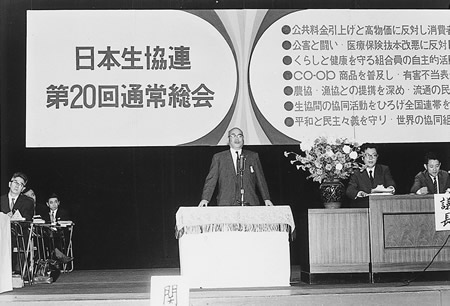
Fukushima
(May 1970)
1971
JCCU launches CO-OP
Color TV to break
through
manufacturer-
controlled
pricing

JCCU launches CO-OP
Unbleached Wheat
Flour
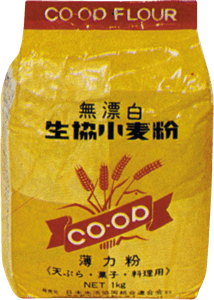
1972
JCCU establishes
the JCCU Laboratory
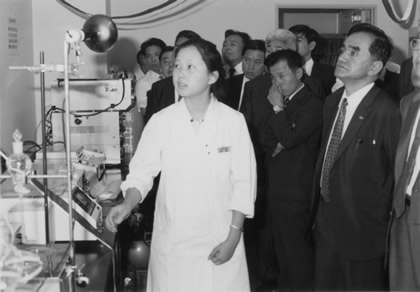
1973
Logos of consumer co-ops and JCCU are
chosen
from entries from the public


JCCU launches
CO-OP Cod
Roe (unpigmented) and
CO-OP
Salted
Herring Roe
(unbleached)
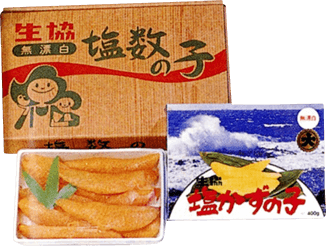
Herring Roe
1977
JCCU launches
CO-OP Basic Skin
Care Products
with information
on full ingredients
disclosed
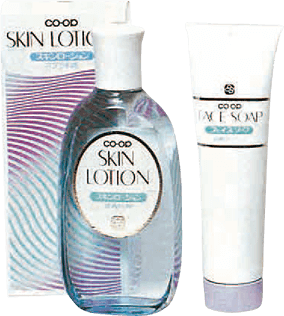
Skin Care Products
1978~
The joint purchase system of
"weekly delivery on
a fixed date"
is recognized with more fresh
products
available, which leads
to rapid development of
local
consumer co-ops
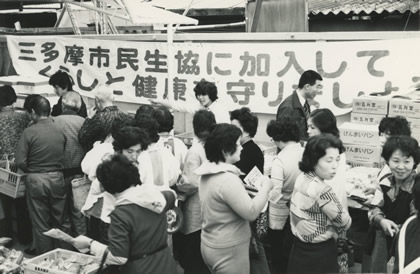
Co-operative
(currently Co-op Mirai)
to promote membership
(1970's)
1979
JCCU develops CO-OP Italian
Spaghetti
in cooperation
with Coop Italia

1980
JCCU starts its own "Labeling of
Nutrition and
Best-before Date of
Foods" based on data
collected in
the JCCU Laboratory
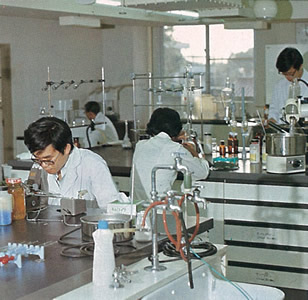
The total business
turnover
of consumer
co-ops nationwide
reached 1 trillion JPY
1981
The new logo of
JCCU as a corporate
identity is introduced

JCCU launches CO・OP
Mixed Carrot Juice to
realize needs of
members
who want
their children
to eat
carrots
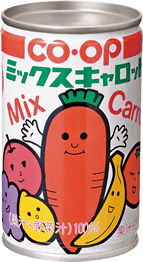
Carrot Juice
1982
JCCU steps up efforts to develop
CO-OP
Brand Products and
establishes its product
policy
which formally focuses on quality
control and members'
participation in the
development
and improvement of
CO-OP
Brand Products
JCCU starts a new initiative to
conduct product assessment
at the JCCU Laboratory
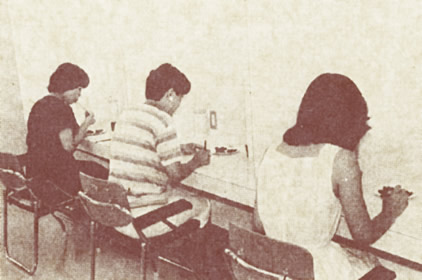
JCCU Laboratory
1984
JCCU starts supplying CO·OP
Core-non Roll
(toilet paper
without paper core)
made
from collected milk
cartons, which
was originally
developed by Nada-Kobe Co-op
(currently Co-op Kobe)
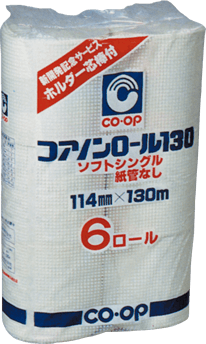
JCCU publishes "Guide to
Food Labeling"
and "Guide to
Food Additives" to
establish
food labeling standards and
voluntary usage standards of
food additives
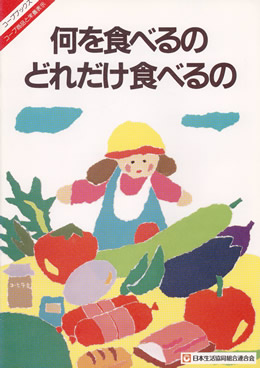
Nutrition
Labeling: What to
Eat and
How Much to Eat" (1982)
Late 1980s
Consumer co-ops nationwide
actively open stores
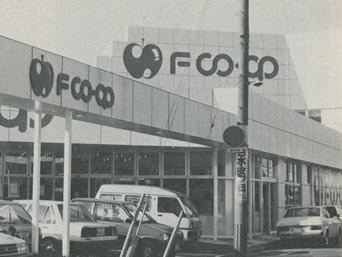
opened
after the merger
of five co-ops in
Fukuoka
Prefecture in 1985
1985
The number of individual members
nationwide exceeds 10 million
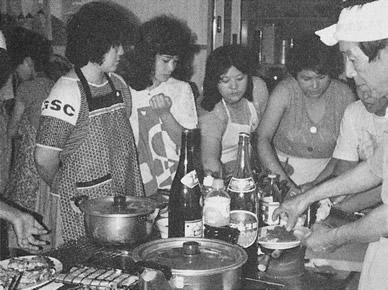
(currently Co-op Ehime) attending a fish
cooking class at a networking gathering
with a fisheries co-operative
The 1st Co-op
Sanchoku
Research
Seminar is held
Nine consumer co-operatives
establish the
"Study Group
for Product Inspection"
1986
The first regional business
federation of
community-
based retail co-ops is
established
in east-central Japan
The total business
turnover of consumer
co-ops nationwide
reaches 2 trillion JPY
1987
JCCU launches
CO-OP Dry Packed
Soybeans as a
product series of
ingredients useful
for cooking
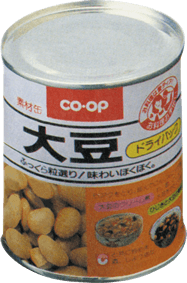
Soybeans
1990
The individual home delivery
business is started (rapidly
growing since the late 1990s)
JCCU introduces stay-on tabs to
beverage cans,
pioneering the
switch from pull-tab cans for
environmental concerns
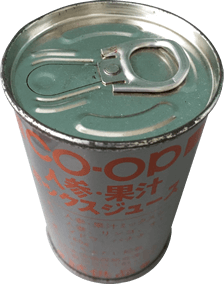
(before)
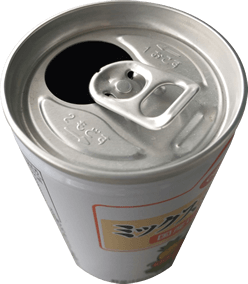
(now)
1991
The total business
turnover of
consumer
co-ops nationwide
exceeds 3 trillion JPY
1992
The International Co-operative Alliance
(ICA) Tokyo Congress is held, where the
"Basic Values of Co-operatives" and
"Environment and Sustainable
Development" are discussed
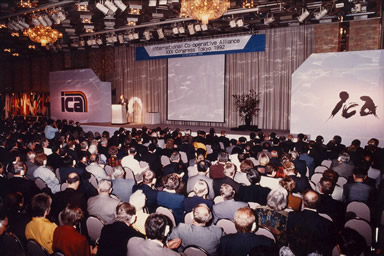
Congress
©Yukiyasu Ishikawa
1995
JCCU and its member co-ops take
actions
to support reconstruction of
areas affected
by the Great Hanshin-
Awaji Earthquake
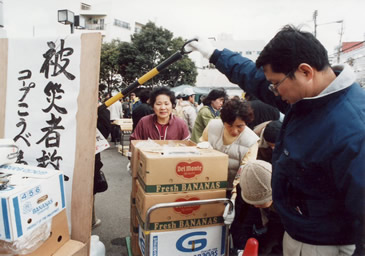
Co-op Kobe
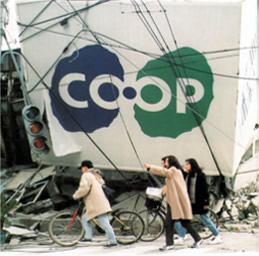
destroyed by the
Great Hanshin-Awaji
Earthquake
JCCU starts
developing CO-OP
Brand Products
with
a variety of themes,
such as
"Japanese Vegetable"
product series
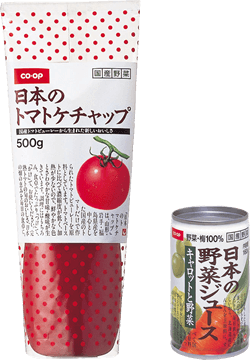
Product Series
The ICA Centennial
Congress is held
in Manchester where
the Statement on the
Cooperative Identity
is adopted
1997
The Committee of Members
on
Product Development is
established
to realize the
product development
that can
meet expectations of members
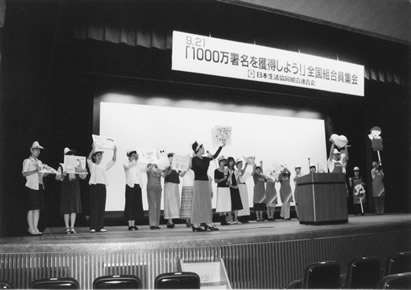
"Let's collect
10 million signatures!"
held to call for fundamental
revision
of the Food Sanitation Act (2000)
1998
The number of individual
members nationwide
reaches 20 million
1999~
JCCU and member co-ops promote
a petition
campaign for fundamental
revision of the Food
Sanitation Act
(the Act revised in 2003)
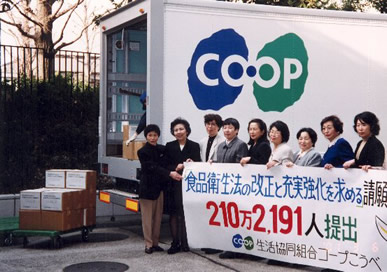
collected by
Co-op Kobe (2001)
1999
JCCU renews the
logo and package
designs of CO-OP
Brand Products
Brand Product
2000
JCCU starts collaborating with
regional business federations
to develop regionally oriented
products
"e-Friends," a centralized online
ordering
system for the home delivery
business
developed by Co-op Tohoku
Sun Net Business
Federation, is
introduced in Co-op Miyagi
2001
The 50th anniversary of JCCU
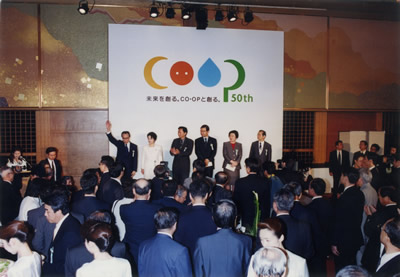
of JCCU
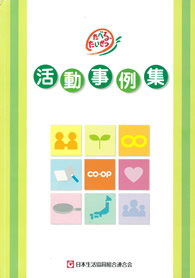
food education
2002
JCCU starts collaborating
with regional
business
federations to develop
products
for nationwide
supply
2006
The retail sales of the individual
delivery business exceeds that of
the group delivery business
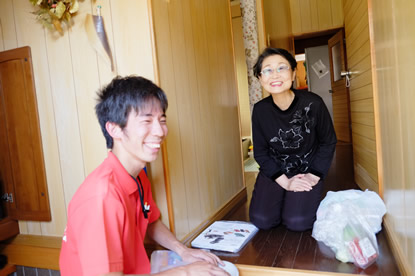
in Nagasaki Prefecture
2007
The business of "e-Friends" is
transferred to JCCU to build a common
Internet infrastructure for consumer
co-ops nationwide
An incident of
falsifying ingredients
in CO·OP Beef
Croquettes by a
manufacturer occurs
2008
JCCU launches new
product
lines with
three themes
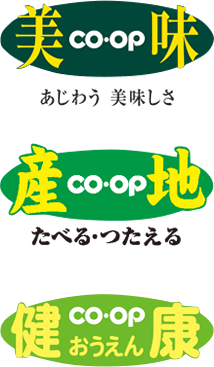
(Delicious,
Origin Designated,
Healthy)
In the face of an incident of
intentional
contamination of
pesticides in CO·OP
Frozen
Dumplings, JCCU formulates the
"Plan to Rebuild the Quality
Assurance
System for Co-op
Brand Products"

JCCU Member Service Center
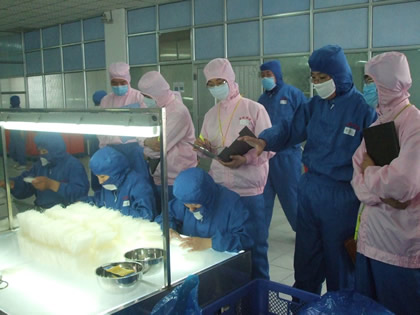
at an overseas factory
The mutual insurance business is
spun off from JCCU, and Japan CO-OP
Insurance Consumers' Co-operative
Federation (JCIF) is established

2010〜
Consumer co-ops nationwide make
efforts to sign an agreement with local
municipalities to watch over elderly
members by using the infrastructure
of their home delivery business

2010
JCCU Quality Standards (product
standards and labeling standards)
on CO·OP Brand Products are revised
The health and welfare division
is spun off
from JCCU, and
Japanese Health and Welfare
Co-operative Federation (HeW
CO-OP JAPAN)
is established
2011
JCCU and its
member co-ops
take actions to
support the
victims of the
Great East
Japan
Earthquake
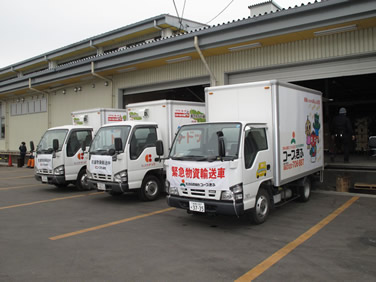
over Japan to
support areas
affected by the earthquake

for Disasters
of Tokyo Consumers'
Co-operative Union held as an
emergency training after the
earthquake (July 2011)
2012
The United Nations
International Year
of Co-operatives
(IYC)
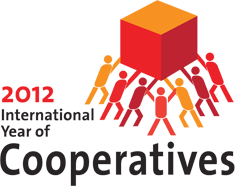
2013
In response to an incident of intentional
pesticide
contamination in CO·OP frozen
foods,
JCCU creates a manual of how to
collaborate with
member co-ops in case of
incidents on products
2014
JCCU runs the "Love
CO·OP
Campaign" to
promote trust and
affection for CO·OP
Brand
Products
among members

JCCU strengthens its efforts to
reflect the voices of members in
CO·OP Brand Products with direct
involvement of members
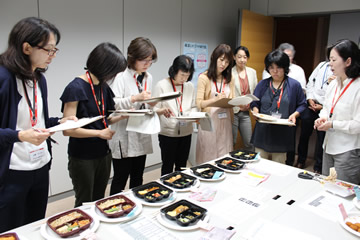
CO·OP Brand Products
2015
JCCU renews
CO·OP
Brand
Products
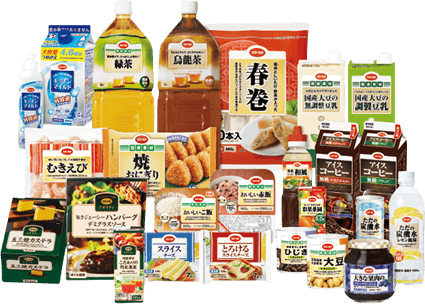
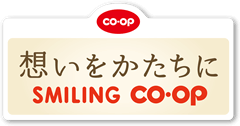
2016
UNESCO inscribes "the idea and
practice of organizing
shared
interests in co-operatives" on the
Representative
List of the Intangible
Cultural Heritage of Humanity
JCCU introduces a contact
management system to
share complaints
from members among consumer
co-ops nationwide
2017
JCCU launches a new product
series for infants between
5 months to 3 years old,
“Kirakira Step,” to support
child-rearing families

JCCU launches a new initiative to
promote ethical consumption
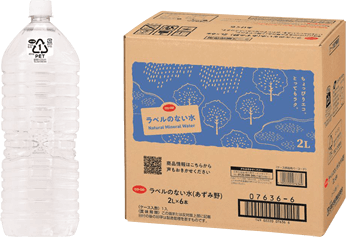
2018
Japan Co-operative Alliance,
an apex body of Japanese
co-operatives, is established

The“Co-op Action Plan for SDGs”
is adopted at the 68th JCCU General
Assembly to take a new step
toward 2030
JCCU launches "Action for Children's
Future"
to think about and deepen
understanding of
child
poverty in communities

JCCU launches the
“Healthy Co-op”
initiative to support
healthy diets
at home
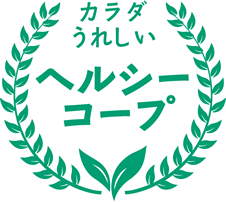
2020
JCCU celebrates the
60th anniversary
of CO·OP Brand Products
of CO·OP Brand Products
